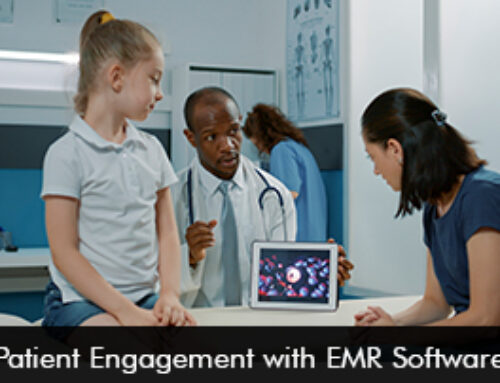Electronic Health Records Software-based card studies can simplify data collection and improve point-of-care research and analysis according to a study published in the Annals of Family Medicine. Card studies help to collect data at the point of care, these short surveys are leveraged to collect descriptive data. Card studies are traditionally completed by physicians on physical cards.
EHR Software embedded card study and limitations of paper card studies
Usually, survey questions are printed on a physical card. The researchers designed and executed an Electronic Medical Records (EMR) Software embedded card study to reduce financial and logistical challenges associated with paper-based studies.
Paper card studies can be costly due to printing, mailing, and travel costs. Card studies can also be logistically complex for both hospital staff members and researchers. This is due to the requirement of distributing, tracking, collecting, and storing physical cards. Furthermore, it needs to be ensured that the respondents fill the cards as instructed.
Physical card studies are also concise meaning it can be difficult to get relative and demographic data that is required for meaningful analysis. Card studies also take a longer time to collect demographic data this can add up to the clinician burden and even hamper patient care.
Benefits of EHR-embedded card studies
EMR software embedded card studies can address the limitations associated with paper card studies. The following advantages can be realized,
- Greater response rates.
- A cost-effective method in contrast to paper card studies as the cost of distribution, tracking and data entry is eliminated.
- EHR-embedded card studies have automatic prompts and alerts for clinicians making them easier to remember when to complete a card.
- Automates conditional branching.
- Seamlessly links finished survey cards with the EHR software data on the encounter this streamlines the process for the respondents.
With EHR embedded card studies quality data can be collected with high response rates. This can help to create new opportunities for researchers to manage effective point-of-care research.







